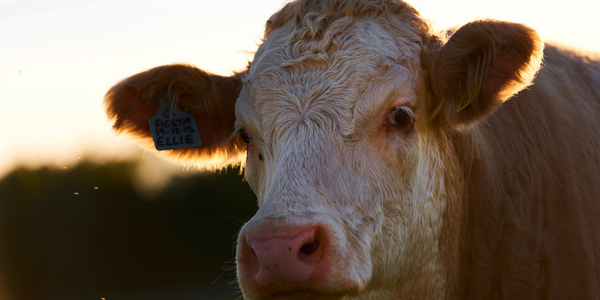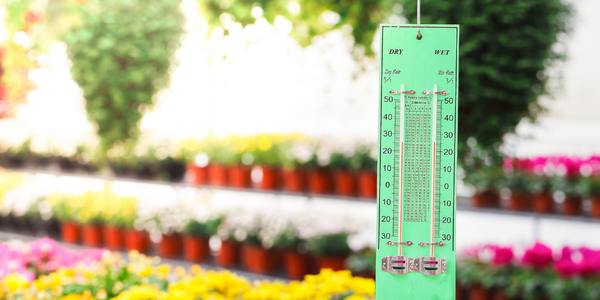
Technology Category
- Platform as a Service (PaaS) - Connectivity Platforms
- Sensors - Accelerometers
Applicable Industries
- Agriculture
Applicable Functions
- Business Operation
Use Cases
- Livestock Monitoring
The Customer
MooCall
About The Customer
MooCall
The Challenge
The idea for the Moocall calving sensor came about when one of the Moocall founding team, Niall Austin lost a heifer and her calf due to a difficult calving back in 2010. He had a theory that a device to measure tail movement might be able to predict the onset of calving and brought the idea to the other Moocall founders Michael Stanley and Emmet Savage. After many months of research and development the MooCall device was born, however they needed robust and reliable, global connectivity with roaming capability to ensure that this critical data could be transferred the crucial moment. Vodafone IoT worked closely with MooCall to implement a solution that works seamlessly every time, wherever the cow might be situated.
The Solution
This non-invasive, tail mounted sensor gathers over 600 pieces of data a second. It can accurately predict when a cow is most likely to give birth by measuring tail movement patterns triggered by labour contractions. When they reach a certain level of intensity over a period of time it then sends an alert, via the Vodafone Managed IoT Connectivity Platform, directly to your cell phone or via an app, on average 1 hour prior to calving.
Operational Impact

Case Study missing?
Start adding your own!
Register with your work email and create a new case study profile for your business.
Related Case Studies.

Case Study
Intelligent Farming with ThingWorx Analytics
Z Farms was facing three challenges: costly irrigation systems with water as a limited resource, narrow optimal ranges of soil moisture for growth with difficult maintenance and farm operators could not simply turn on irrigation systems like a faucet.

Case Study
Greenhouse Intelligent Monitoring and Control Solution
Farming Orchids is the most successful form of precision farming in Taiwan, and also the most exported flower. Orchids need a specific temperature and humidity conditions to grow and bloom, and its flowering time may not be in line with market demands, so the price collapses when there is overproduction. Therefore, some farmers began to import automated greenhouse control systems for breeding and forcing, which not only improves quality, but also effectively controls the production period and yield to ensure revenue. In 2012, an orchid farmer built a Forcing Greenhouse of about 200 pings (approximately 661 Square Meters) in Tainan, Taiwan. The system integrator adopted Advantech’s APAX-5000 series programmable automation controllers to build the control platform, coupled with Advantech WebAccess HMI/SCADA software, to achieve cloud monitoring. The staff of the orchid field can monitor important data anytime via smart phone, iPad, and other handheld devices, and control the growth and flowering conditions. System requirements: In the past, most environmental control systems of orchid greenhouses in Taiwan used PLCs (Programmable Logic Controller) with poorscalability and control, and could not be connected to the Internet formonitoring from the cloud. For advanced database analysis and networking capability, the PC platform must be adopted. Therefore, PAC Systems (Programmable Automation Controller) with both PLC programming capabilities andPC functions is a better choice.The environmental control of the Orchid greenhouse switches on and off devices like fan, shade net, cooling/heat pump, liquid flow control, water-cooling wall etc. It is controlled by a control panel of electric controllers, and is driven by a motor, to adjust the greenhouse temperature, humidity, and other environmental conditions to the set parameters.

Case Study
Enabling Internet of Things Innovation in Agriculture
DigiBale, wanted to apply technology know-how and IP from implementations successfully to more agriculture sectors including cotton, forestry, sugarcane and cattle. However, farmers and growers still have worries about the connected technology.

Case Study
Precision beekeeping with wireless temperature monitoring
Honeybees are insects of large economic value and provide a vital service to agriculture by pollinating a variety of crops. In addition, bees provide us with valuable products such as honey, beeswax, propolis, bee venom, etc. Monitoring of honeybee colony health, population, productivity, and environmental conditions affecting the colony health have always been exceedingly difficult tasks in apiculture. Research has shown that even small deviations (by more than 2°C) from the optimal temperatures have a significant influence on the development of the brood and the health of adult bees.





